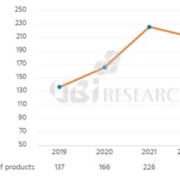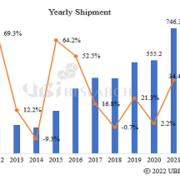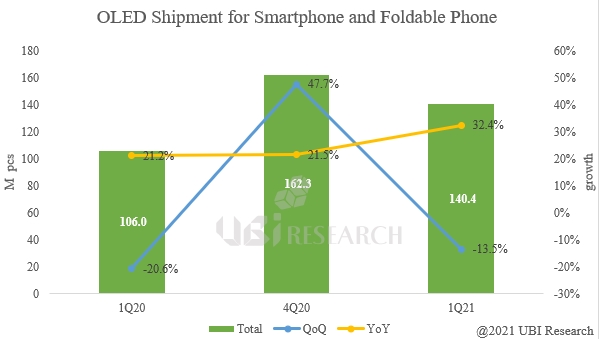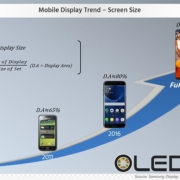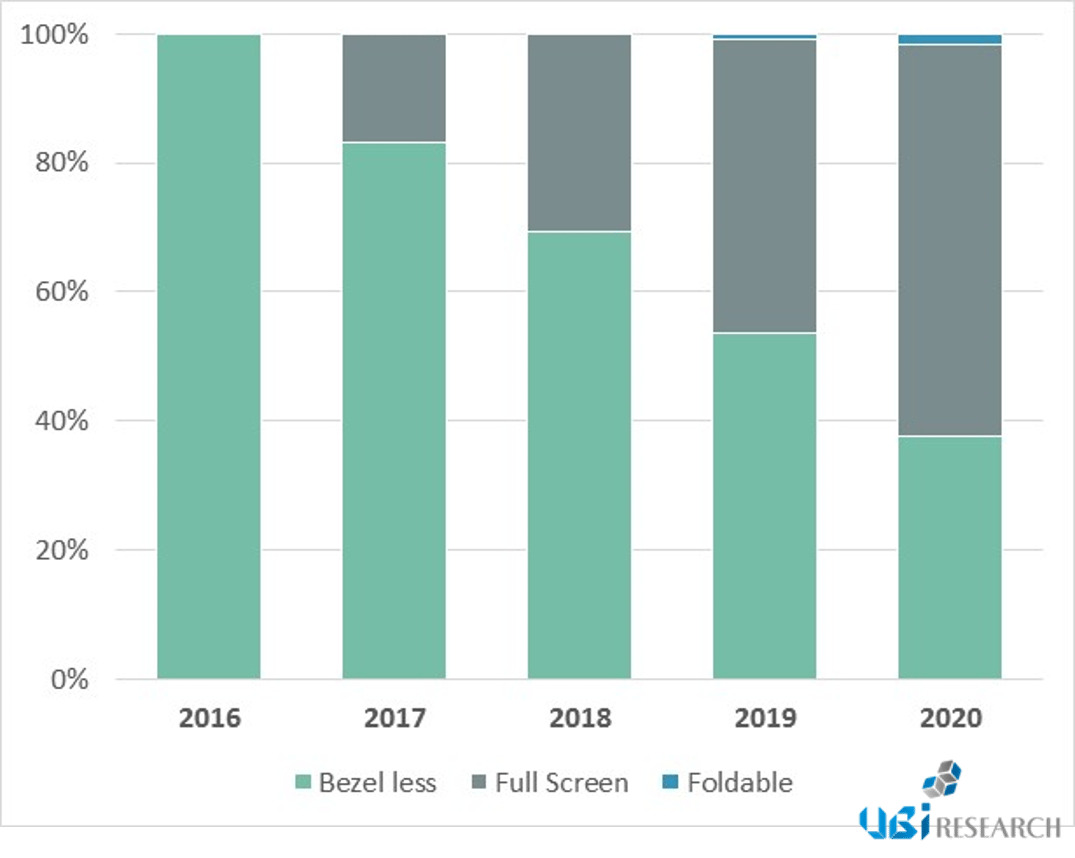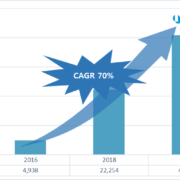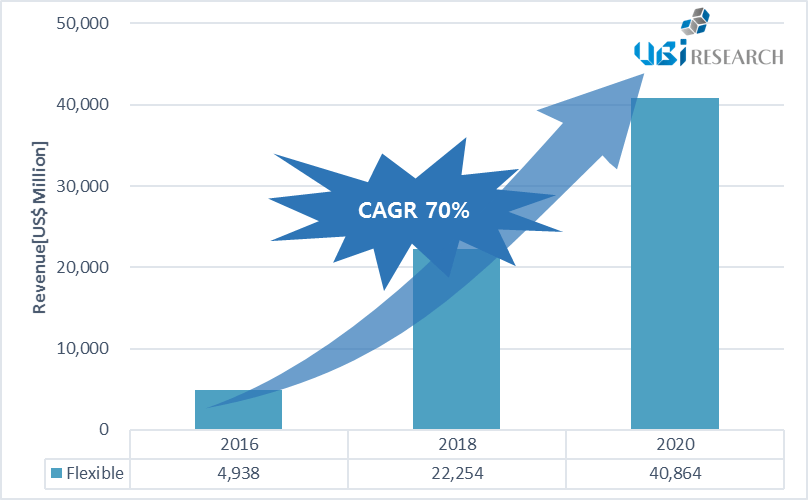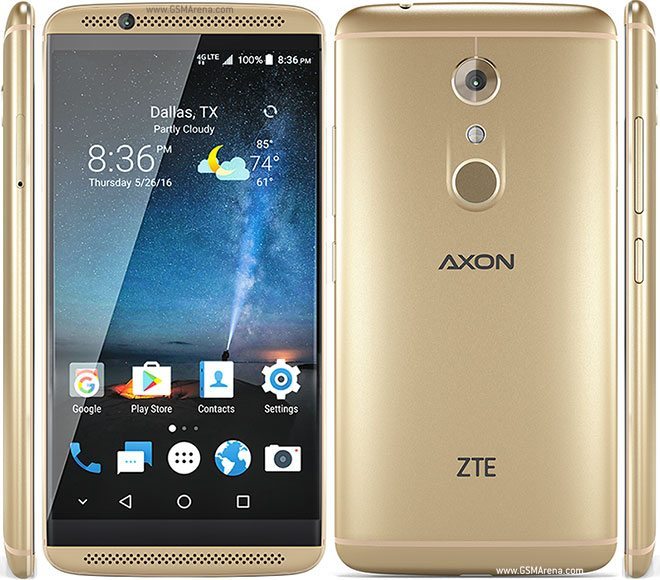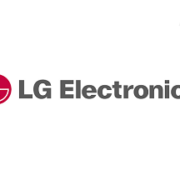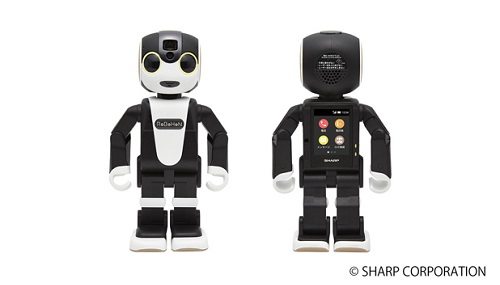Among the 234 OLED smartphone models released in 2022, China occupied 86.3% of the market with 202
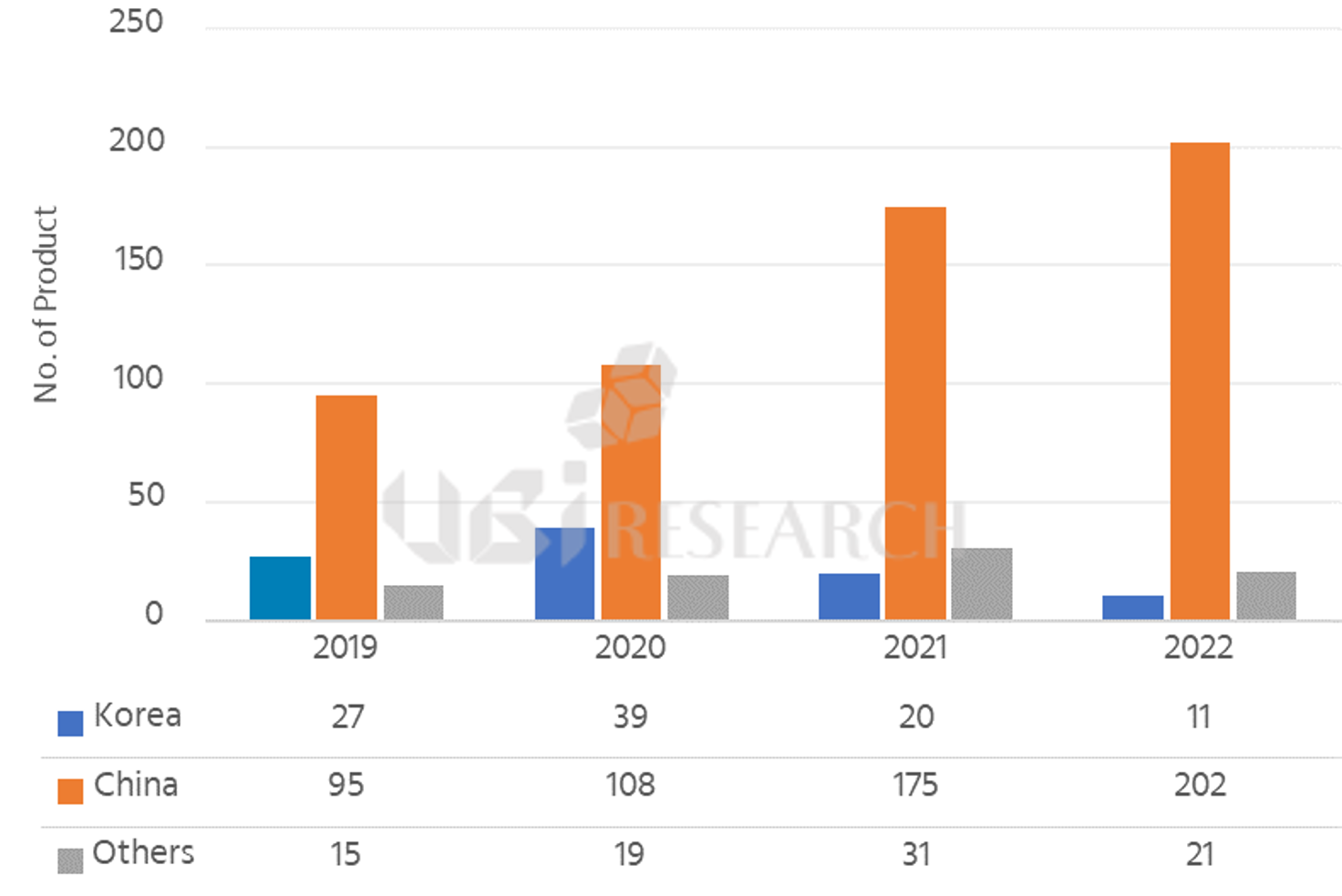
OLED smartphone models released in 2022
Among a total of 234 OLED smartphones released in 2022, 202 were released in China, accounting for 86.3% of the market. On the other hand, Korea released 39 products in 2020 and 20 in 2021, followed by only 11 products in 2022, accounting for 4.7% of the market. Currently, Samsung Electronics is the only company that releases smartphones in Korea. It was followed by the United States with 8 and Taiwan with 6.
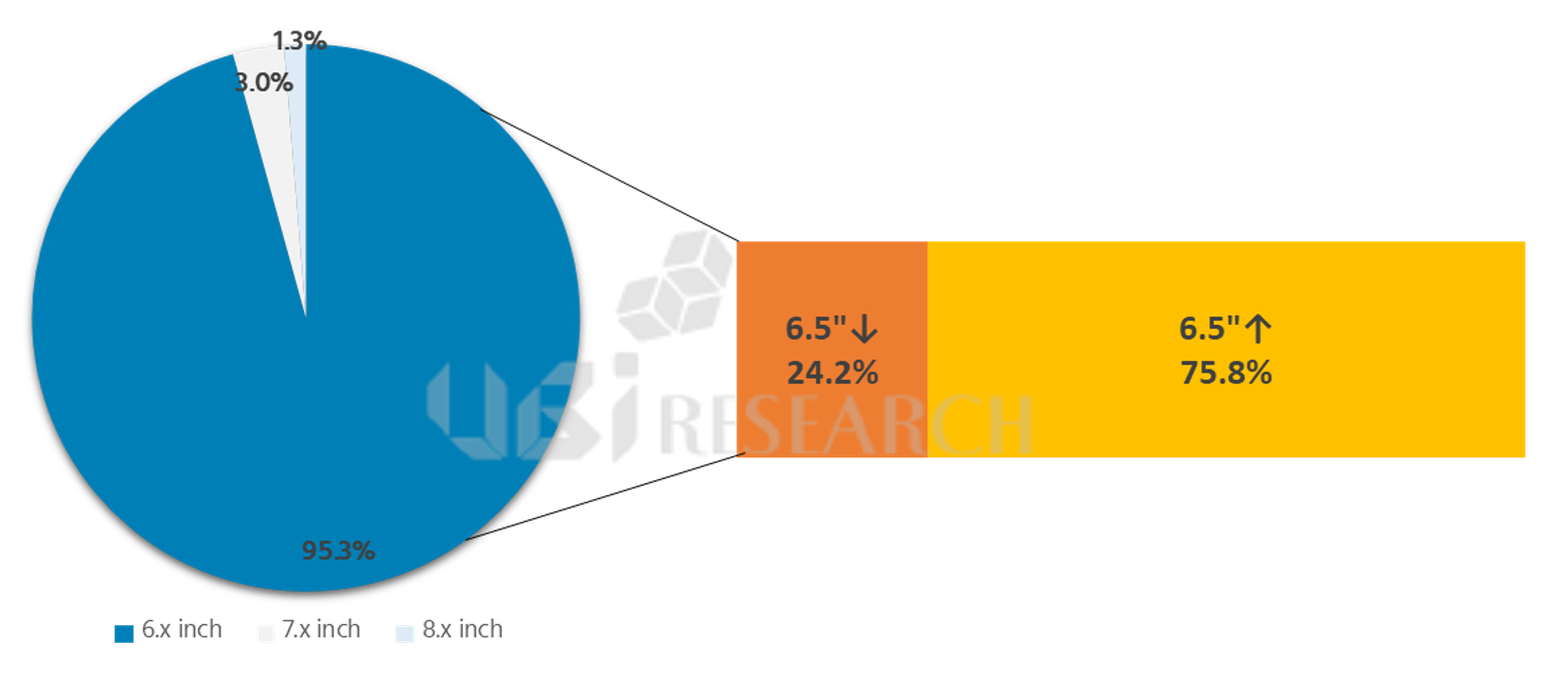
OLED smartphone sizes released in 2022
By size, 6-inch products accounted for 95.3% of the market with 223 products, establishing themselves as the mainstream. Among the 6-inch products, 6.5-inch or larger products accounted for 75.8% of the market, and products smaller than 6.5-inch products accounted for 24.2% of the market share. Following the 6-inch product, seven 7-inch products, three 8-inch products, and one 5-inch product were released. Except for Vivo’s ‘X Note’ products, all products with a screen size of 7 inches or larger were foldable products, and the largest foldable product was Vivo’s ‘X Fold’.
By display design, 193 punch hole models accounted for 82.5%, followed by 21 notch models, 12 narrow-bezel models, and 8 under display camera (UDC) models. The share of the punch hole model increased by 30% in two years, and the share of the notch model decreased by 25%.
Lastly, in display area (DA), the ratio of display to smartphone size, 196 products belonging to 80-90% occupied 83.8% of the market, and 38 products with 90% or more occupied 16.2% of the market. The average D.A. of OLED smartphones released in 2022 is 87.1%, and has been steadily rising at an average annual rate of 1.2% since 2018. The products with the highest D.A were Honor’s ‘Magic4’ and ZTE’s ‘Axon 40 Ultra’ with 93.1% D.A.

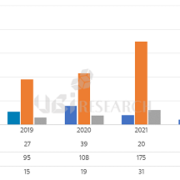
 2022 Small OLED Display Semi-Annual Report Sample Download
2022 Small OLED Display Semi-Annual Report Sample Download